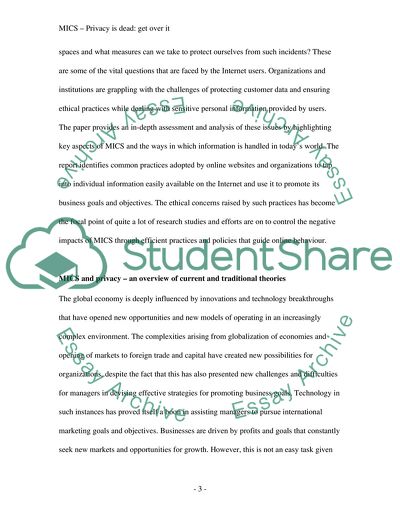Cite this document
(Management Information and Communication Systems Research Paper - 1, n.d.)
Management Information and Communication Systems Research Paper - 1. Retrieved from https://studentshare.org/information-technology/1750750-management-information-and-communications-systems-mics
Management Information and Communication Systems Research Paper - 1. Retrieved from https://studentshare.org/information-technology/1750750-management-information-and-communications-systems-mics
(Management Information and Communication Systems Research Paper - 1)
Management Information and Communication Systems Research Paper - 1. https://studentshare.org/information-technology/1750750-management-information-and-communications-systems-mics.
Management Information and Communication Systems Research Paper - 1. https://studentshare.org/information-technology/1750750-management-information-and-communications-systems-mics.
“Management Information and Communication Systems Research Paper - 1”, n.d. https://studentshare.org/information-technology/1750750-management-information-and-communications-systems-mics.


